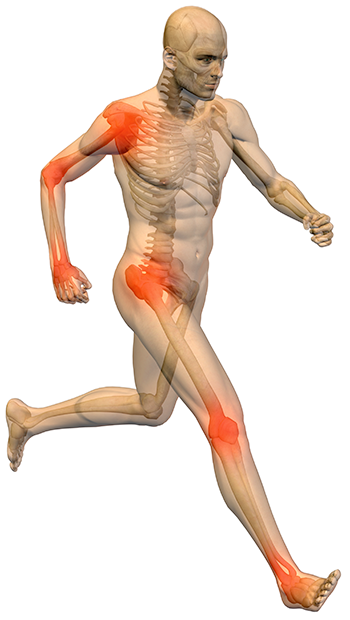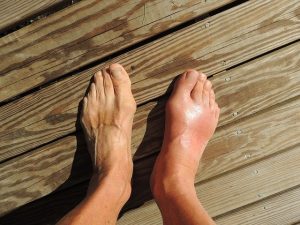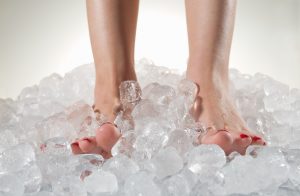Laser Scanning
Custom orthotics for feet
Biomechanics is the study of human movement, as the feet and legs are the part of the body that move us from place to place, understanding how this is done is very important
Small changes in alignment can have a large impact on the whole system.
The gait cycle
As we walk the first part of the foot to hit the ground is the outside of our heel (this is why we wear this part of our shoe first), as the rest of the foot comes in contact with the ground we start to move our body weight over the foot. At this point the foot starts to pronate (the rolling and flattening of the arch) this is a normal part of the gait cycle and allows the foot to adapt to uneven surfaces and absorb shock. As the body continues to move over the foot the foot starts to supernate, the arch starts to rise and the foot becomes more of a rigid lever enabling us to pivot over the foot (or push off) so we can take our next step, and so the cycle continues. We take an average of 2500 steps a day which means we walk about 3000 miles a year.
It is not difficult to imagine that small changes in the gait cycle could have a significant impact on the whole system. If for example there is excessive pronation or flattening of the arch during the gait cycle, then we may be trying to pivot (push off) a foot that is a mobile adapter rather than a rigid lever. Not only would this be less effective at moving us forward and therefore require more effort, but it may also have an impact on the structure doing the moving, i.e. the feet and legs. Excessive pronation can lead to many foot and leg conditions including, plantar fasciitis, tendonitis, shin splints, patello femoral problems and capsulitus to name a few. There may well be more remote symptoms including back pain and even tempro mandibular joint problems (jaw pain)..
Equally if there is excessive supernation and the foot is a rigid lever when it should be a mobile adaptor then the feet will be poor shock absorbers and this may also lead to problems like ankle sprains, Morton’s neuroma and knee problems once again to name a few.
Even callous and corns can often be traced back to underlying biomechanical problems causing increased pressure and or friction on a certain part of the foot.
Biomechanics in Podiatry
Part of the roll of a podiatrist is to assess the patients biomechanical problems when appropriate. This usually takes the form of a biomechanical assessment. The patient is examined to see how everything lines up, feet, legs, knees, and the rest of the body, lines may be drawn on the legs and feet and ranges of joint motion measured. Weakness or tightness of associated muscles will be noted. The gait may be observed and foot ware examined.
From this the podiatrist can then make a diagnosis and prescribe the appropriate care often in the form of a custom made orthotic, to reduce excessive pronation or supernation and align the legs and feet. Muscle stretching or strengthening may also be required and direct treatment to the injury or problem could be needed in the form of manipulation, strapping or laser treatment to the area.




